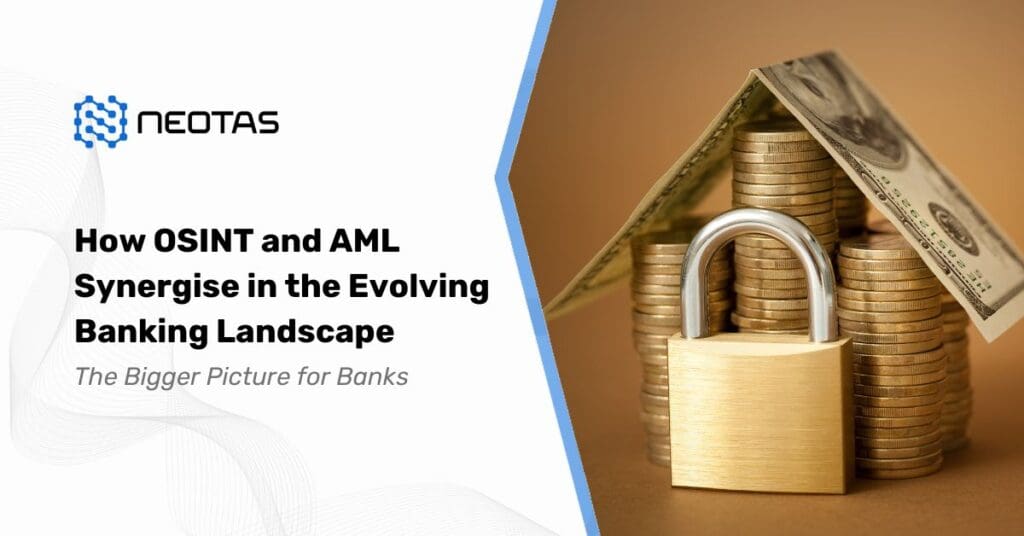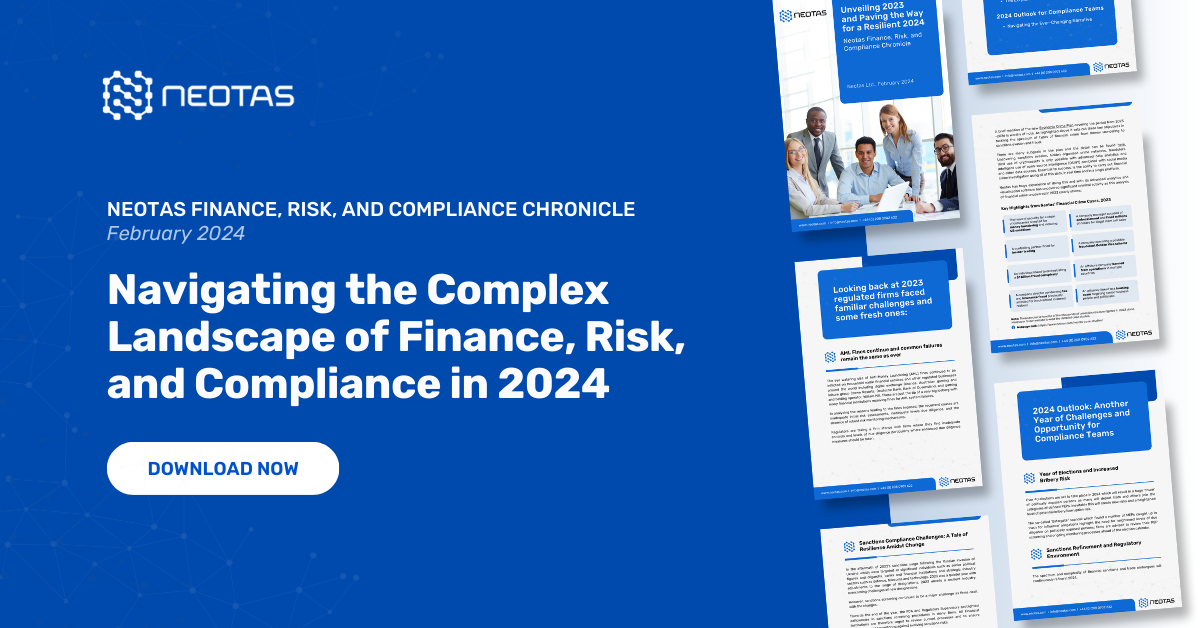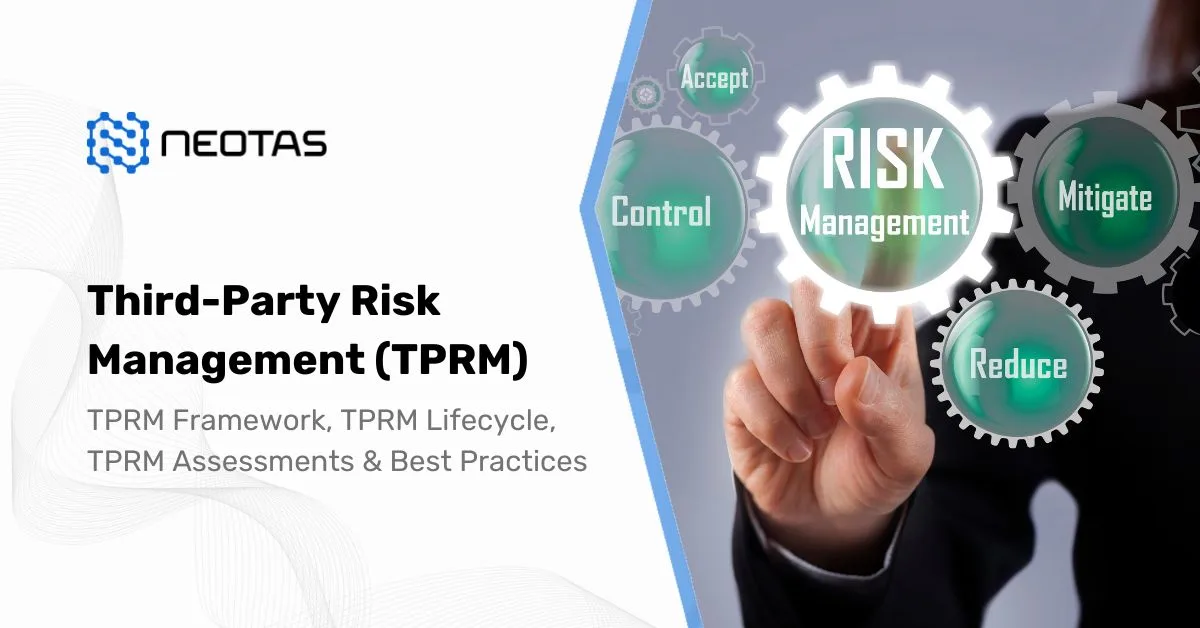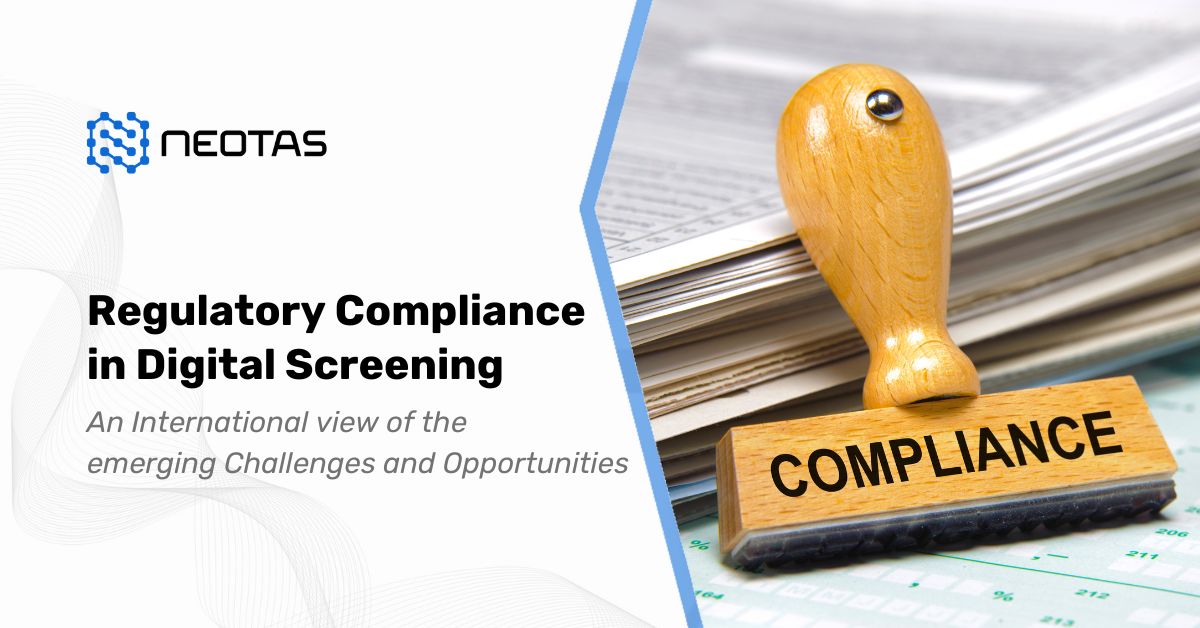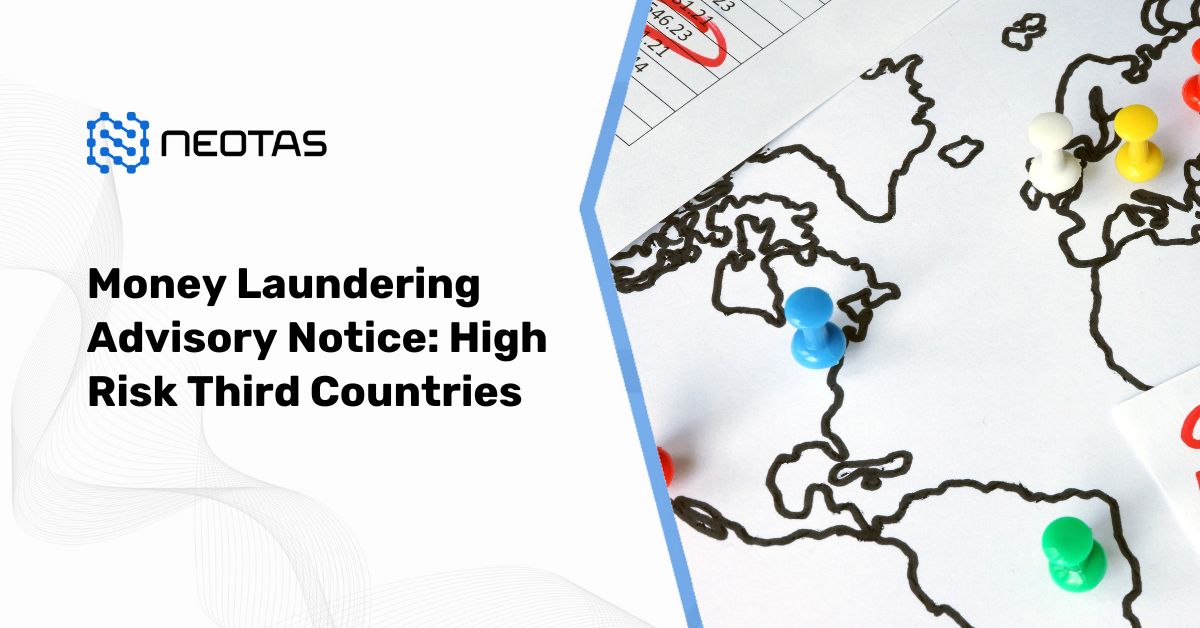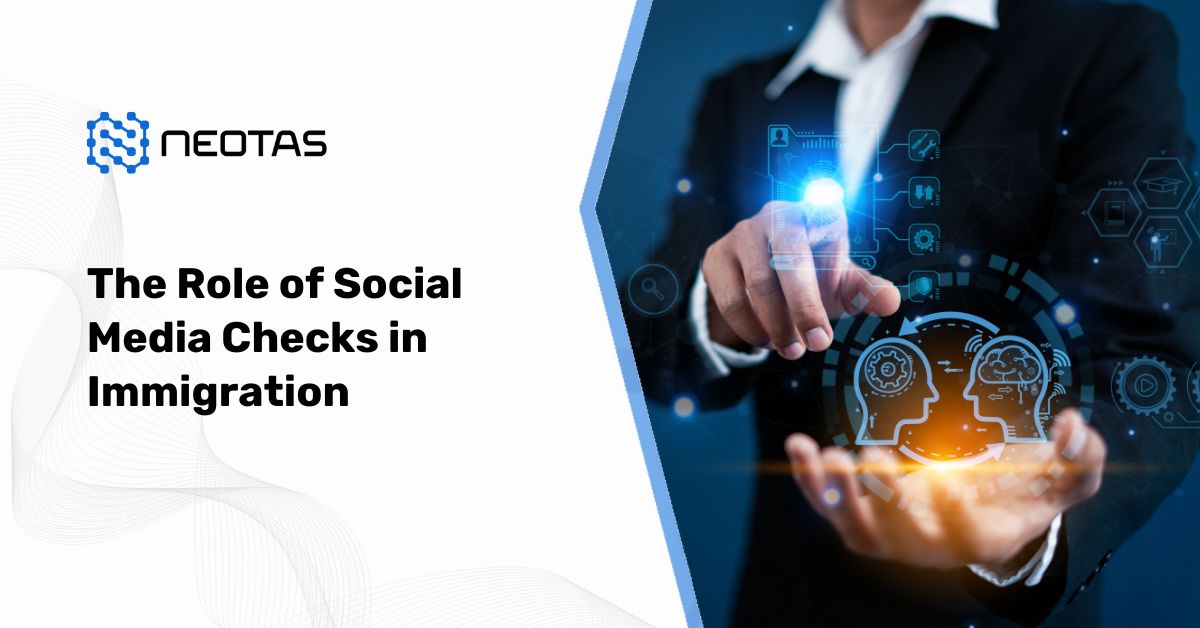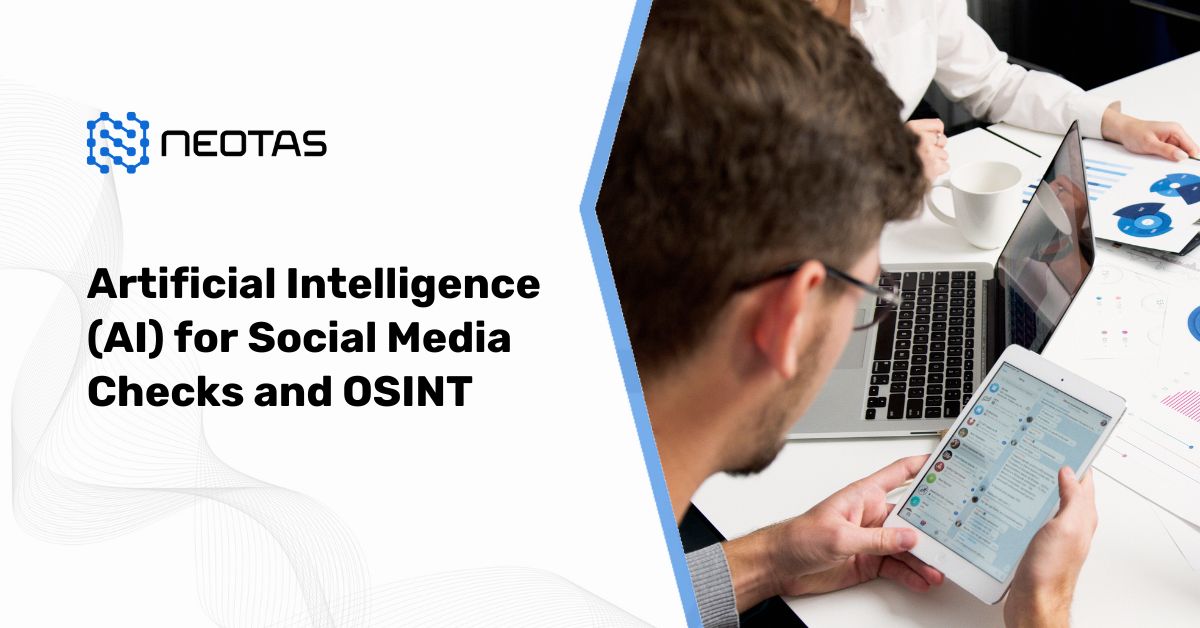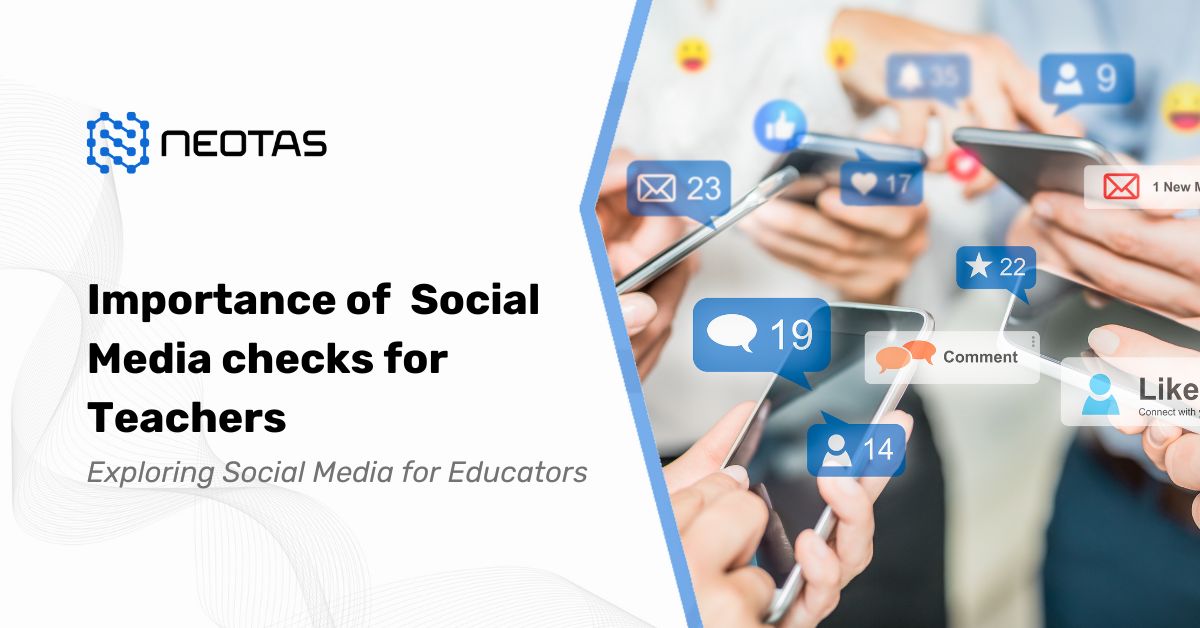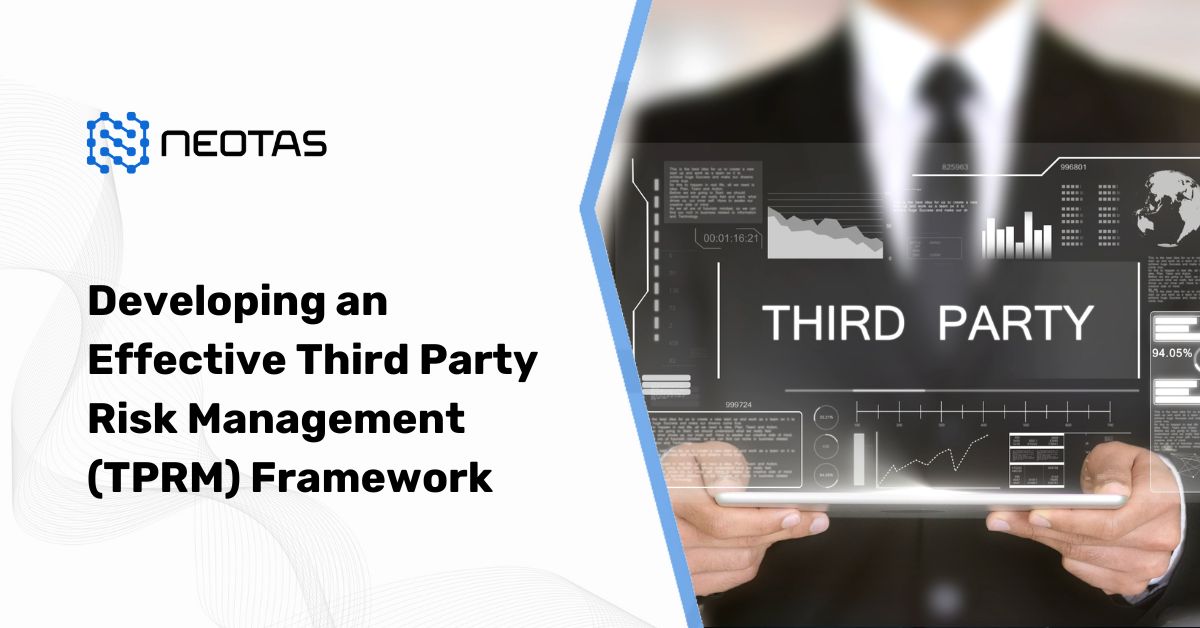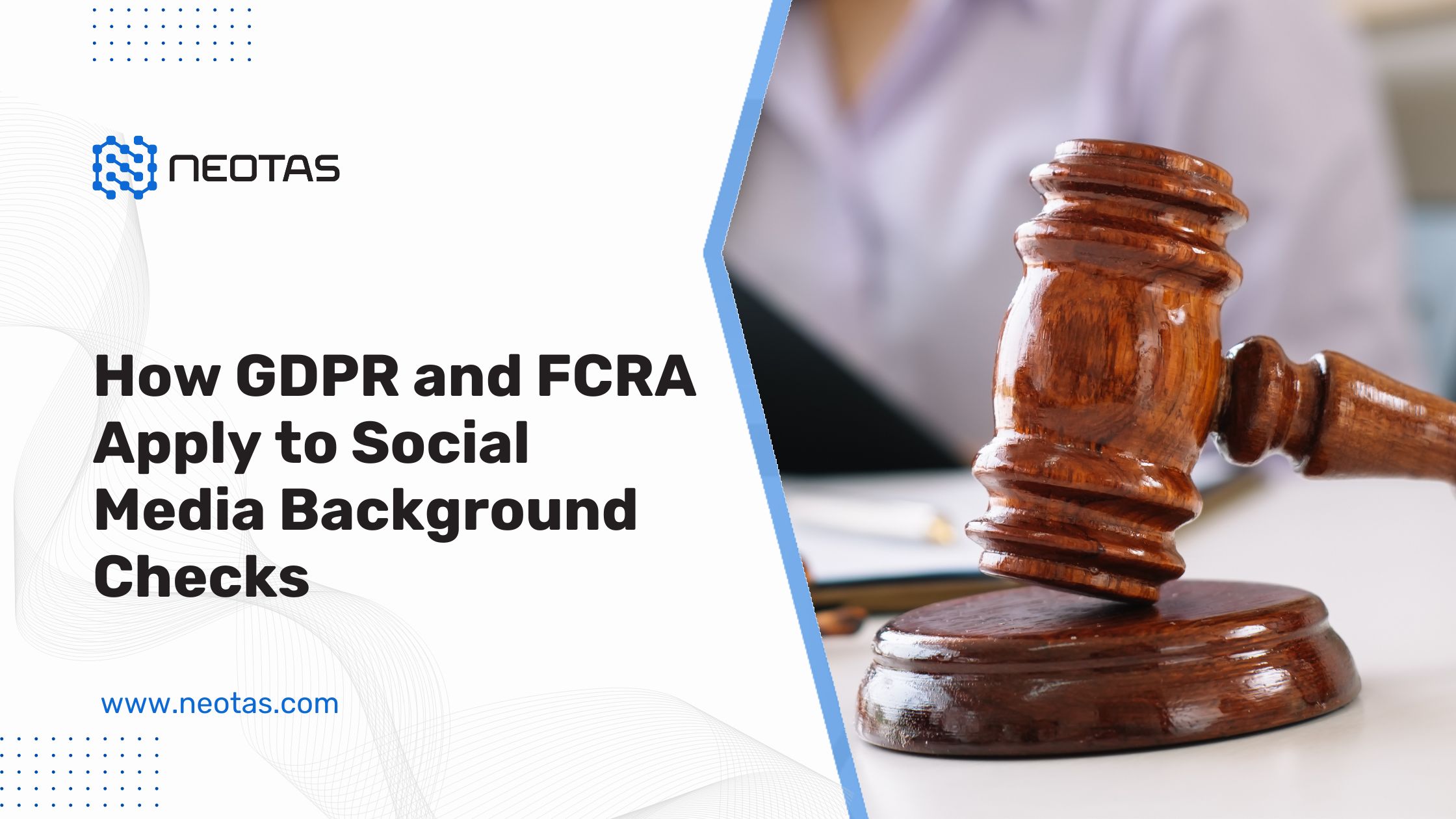How OSINT and AML Synergize in the Evolving Banking Landscape
Between 2-5% of the global GDP is laundered globally in one year, amounting to approximately $2 trillion in current US dollars, according to an estimate by the United Nations Office on Drugs and Crime. In the UK alone it is estimated that British banks spend £5bn each year fighting financial crime and yet, less than 1% of illicit financial flows are claimed to be confiscated by law enforcement agencies. Simply put, money laundering and financial crime is not a small issue. The monetary and reputational costs involved are extremely high, making finding and combining new methods of detection with existing anti-money laundering (AML) processes all the more important as part of the fight against illicit financial activity.
Earlier last week, a joint statement was issued by the Federal Reserve Board and four other regulatory agencies, including the Office of the Comptroller of the Currency (OCC), urging banks in the US to begin incorporating innovative approaches to AML processes. This call for innovation comes with a clear message of support. The regulatory bodies made it clear that banks who choose not to engage in pilot programmes will not be penalised. Furthermore, and more crucially, they also highlighted that banks that do test new methods will not be penalised should the outcomes of experimentation and use of new artificial intelligence tools reveal gaps in existing AML processes. Additionally, they stated that there will not necessarily be supervisory consequences or additional regulatory expectations arising from it either.
This opens a clear pathway for banks to freely pursue the implementation of new techniques, without the fear of current AML processes being criticised or highlighted as ineffective in comparison. The door is wide open to trial new technologies, even if they prove to be unsuccessful. In this move towards more collaborative efforts, the US regulatory bodies are also keen to provide platforms that promote dialogue between financial institutions and tech companies to collectively discover all the possible applications and implications of new tools.
Banks are always aspiring to evolve their approach to financial crime risk management, and this is the suggested approach. In an article published by HSBC earlier this year, Colin Bell, Group Head of Financial Crime Risk, highlighted the limitations of approaches that do not consider all available information, including those from open sources.
“Gathering together all of the relevant data …and bringing in external, publicly available data, will help us identify global patterns and systemic problems that might otherwise be invisible.”
Colin Bell, Group Head of Financial Crime Risk, HSBC
For us here at Neotas, the call for innovative approaches by regulatory bodies is a clear signal that there is room for AML processes to be enhanced and developed through the use of new technologies and techniques. What’s more, the value of open sources and external data is being recognised by banks as providing additional insights; that sometimes provide the key to unlock the AML answer. The use of open source intelligence (OSINT) and machine learning technology provides analysis of all publicly available information in a short time frame, removing false positives and supplementing insights with a considerable amount of external data to help spot and track suspicious behaviour. OSINT not only makes use of what is already visible and available, but it can provide the bigger picture to laundering operations and illicit financial flows across international borders.
Neotas are helping organisations fight financial crime through enhanced due diligence services and OSINT-based tools. In the last 18 months, we have provided insights that led to the reporting of individuals to the UK Serious Fraud Office, as well as PREVENT for suspected terrorism-related activities. In one case alone, Neotas uncovered a Director whose business had ties to a money laundering ring and involvement in arms and drugs trafficking. Amongst many red flags, Neotas uncovered numerous aliases associated with this individual, who had had various assets repossessed, was tied to modern slavery concerns and who had been reported in the Panama Papers.
We offer enhanced due diligence and advanced screening services to help reduce fraud and mitigate people risk. To receive a snapshot of Neotas’ work in this space, please contact us here.
Frequently Asked Questions (FAQs) about Anti-Money Laundering (AML) in Banking:
1. Why is AML important to the banking industry?
- AML is crucial to prevent illegal activities like money laundering and terrorist financing.
- It safeguards the reputation and integrity of financial institutions.
- Non-compliance can lead to severe penalties and legal consequences for banks.
2. What is AML in banking?
- AML in banking refers to policies and procedures to detect and prevent money laundering and other financial crimes.
- It involves customer due diligence, transaction monitoring, and reporting suspicious activities.
3. What is AML intelligence?
- AML intelligence is the information gathered to identify and mitigate money laundering risks.
- It involves data analysis, technology, and human expertise to detect suspicious patterns and behaviors.
4. What are the AML actions taken by banks?
- Customer Due Diligence (CDD): Verifying customer identity and assessing risk.
- Transaction Monitoring: Continuously watching for suspicious activities.
- Suspicious Activity Reporting (SAR): Reporting suspicious transactions to authorities.
- Enhanced Due Diligence (EDD): In-depth investigations for high-risk customers.
- Training and Education: Providing staff with knowledge to recognize potential money laundering.
- Regulatory Compliance: Following all AML laws and regulations.
5. How does AML benefit the banking industry?
- Protects against involvement in illicit activities.
- Maintains regulatory compliance and avoids penalties.
- Contributes to the stability and security of the economy.
6. What are the consequences of non-compliance with AML regulations?
- Severe penalties, fines, and legal consequences for financial institutions.
- Damage to the reputation and trust of the bank.
- Potential disruption of business operations.
7. How does AML technology assist in the banking industry?
- Automates complex checks and reduces errors for more consistent results.
- Enhances fraud detection and streamlines operations for seamless compliance.
- Centralizes data for efficient insights and clear audit trails.
8. How can banks ensure ongoing compliance with AML regulations?
- Regularly updating and implementing AML policies and procedures.
- Conducting periodic training and awareness programs for staff.
- Staying informed about changes in AML laws and regulations.
9. How does AML contribute to the overall financial system?
- Helps maintain the integrity and stability of the financial system.
- Prevents the flow of illicit funds that can undermine economic security.
- Supports international efforts to combat financial crime and terrorism.
~ by Alice Pearce, OSINT Analyst

